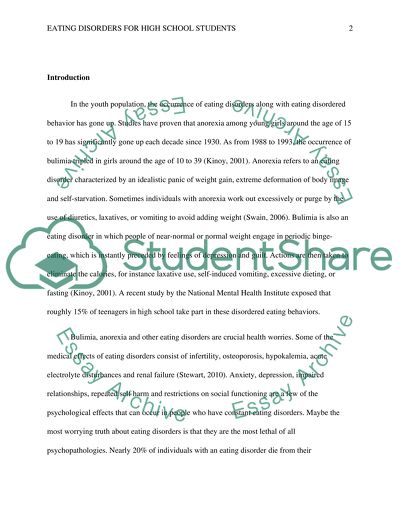Cite this document
(“Eating Disorders for High School Students Essay”, n.d.)
Retrieved from https://studentshare.org/education/1400532-eating-disorders-for-high-school-students
Retrieved from https://studentshare.org/education/1400532-eating-disorders-for-high-school-students
(Eating Disorders for High School Students Essay)
https://studentshare.org/education/1400532-eating-disorders-for-high-school-students.
https://studentshare.org/education/1400532-eating-disorders-for-high-school-students.
“Eating Disorders for High School Students Essay”, n.d. https://studentshare.org/education/1400532-eating-disorders-for-high-school-students.


